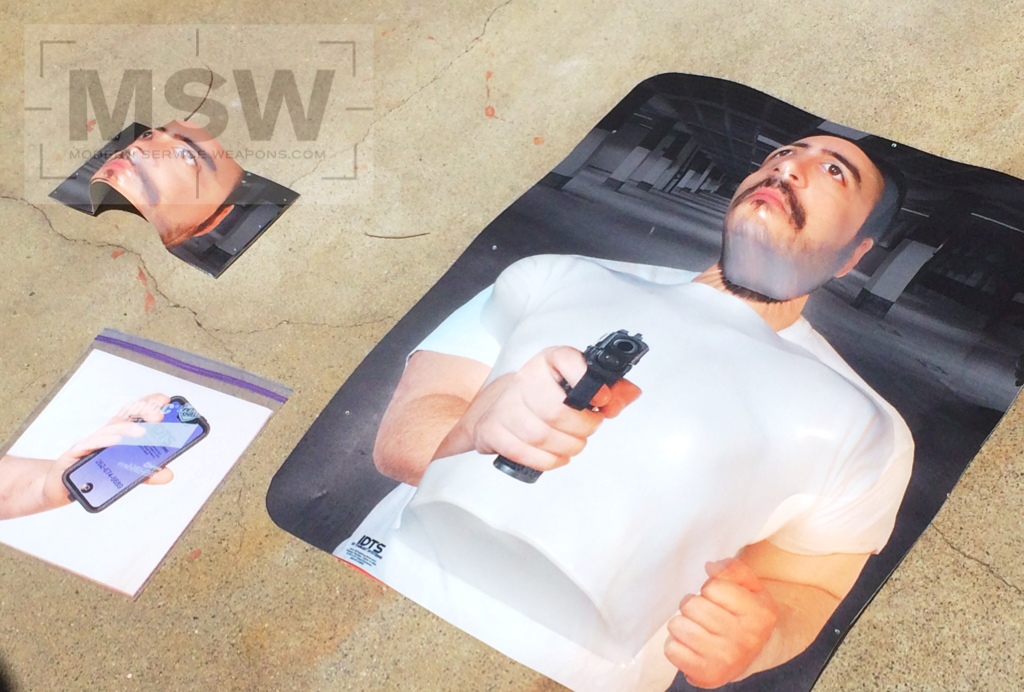We have come a long way since the B-27 target, a staple used in law enforcement qualifications since what seems like the beginning of time. Fortunately, we have evolved past that target that features unrealistic targeting zones that reinforce bad habits in shot placement. Before I go any further, I feel the need to mention that I use different targets for different goals. For building specific technical skills, I will use simple targets such as a bullseye, round or square plates, etc., These targets aren’t designed to simulate a tactical application, but rather, evaluate whether or not I meet a particular accuracy standard. For “tactical” type training, I prefer targets that feature scoring zones located in realistic areas such as the ocular cavity or high thoracic chest. No more shooting at the navel to get 10 points. Here, we will be discussing targets for tactical type training.Shooting sport targets such as the USPSA or IDPA targets are a significant improvement over the antiquated B-27, featuring scoring areas that are more in line with defensive shooting. I dabbled in target development back in the day during a long car ride with Pat Rogers in an effort to develop a versatile, realistic and challenging target suitable for use on the square range. Nowadays, there are quite a few good choices in tactical type targets, but my staple remains either the USPSA or IDPA targets. For head scoring, I prefer the USPSA target as the A-zone is a more challenging and represents a more definitive fight stopping shot than the whole head box of the IDPA target. These targets are sufficient and effective for most training, and are inexpensive enough to be regularly used.
There is a drawback to the above listed targets, and that is, they are 2-dimensional. When engaging these targets from oddball angles, a shooter could conceivably be rewarded for a less than optimal shot due to this limitation. Progressive trainers have utilized mannequins or “build-your-own” targets from cardboard, but these are either expensive and/or cumbersome.
At SHOT Show this year (2014), a small company called ID Target Systems introduced a new modular 3D molded target with photorealistic images on the front, and replaceable overlays to extend the life of the target as well as optional overlays to represent threats or non-threats (for shoot house use.) Different versions are offered depending on the intended use. A range target that will attach to a rectangular backer or reactive targets are both available. While more expensive than a cardboard target, the ID Target Systems are reasonably priced, and represent a small fraction of the cost of the average range trip. I’ll be putting these targets to use during my next few range sessions to see how they hold up, and also try to come up with interesting ways to utilize them. Look for a more on these target systems as I get some time on them.
Two dimensional targets are effective and cheap, so they will continue to be my primary training tool. However, there is a place for 3D targets and they will definitely get you or your students to think about strategically selecting targeting zones when engaging targets at oblique angles.
SOURCE: ID Target Systems




Nice. Of course that is light years away from our gray blob we call a target.
Looking forward to seeing how these targets work out.